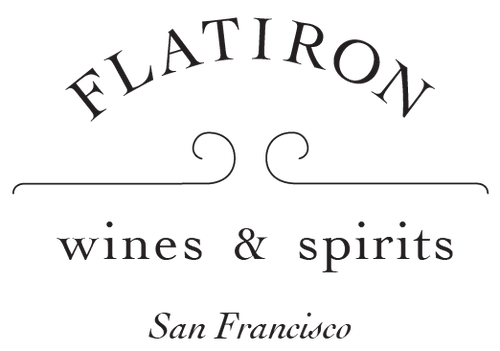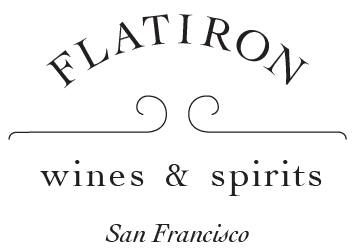Domaine Gramenon
Gramenon is one of those wineries that tells lots of stories and therefore has much to teach us about wine. There's the story of Gramenon's role in the natural wine movement, for instance: their wines... Read More
Gramenon is one of those wineries that tells lots of stories and therefore has much to teach us about wine. There's the story of Gramenon's role in the natural wine movement, for instance: their wines were some of the very first to appear in Paris' original natural wine bars a couple of decades back. They were on the very cutting edge.
Some things have changed: today their wines may not be quite "funky" enough for some of those bars. But at Gramenon not much has changed and the wines are still made naturally and farmed organically. They have used biodynamic practices since 2007.
When you get to know French wine, and the Rhône in particular, you learn that Syrah is the grape of the Northern Rhône, and Grenache is the grape of the Southern Rhône. The one subtlety is that the Syrah of the Northern Rhône is typically not blended (except sometimes with Viognier in Côte Rôtie), while the Grenache of the South is generally blended with a number of other varieties, including Syrah. You probably know all that.
But Gramenon is special. They're technically in the Southern Rhone, but in a remote northerly corner of it called Vinsobres, where the climate is quite a bit cooler than in, say, Châteauneuf-du-Pape. Indeed, you might think of this area as a transition point to the Northern Rhône.
Gramenon without a doubt is a Grenache specialist, but you can taste the influence of the Northern Rhône in their wines. Even their everyday Côtes-du-Rhône “Poignée de Raisins” conveys the more toned and spice driven qualities of their northerly neighbors.
Gramenon lies on sandstone and sandy shell-filled soils, markedly different from the soils further south. This translates to a vibrant, energetic yet silky Côtes-du-Rhône that tastes more alive than any other Côtes-du-Rhône on the market.

